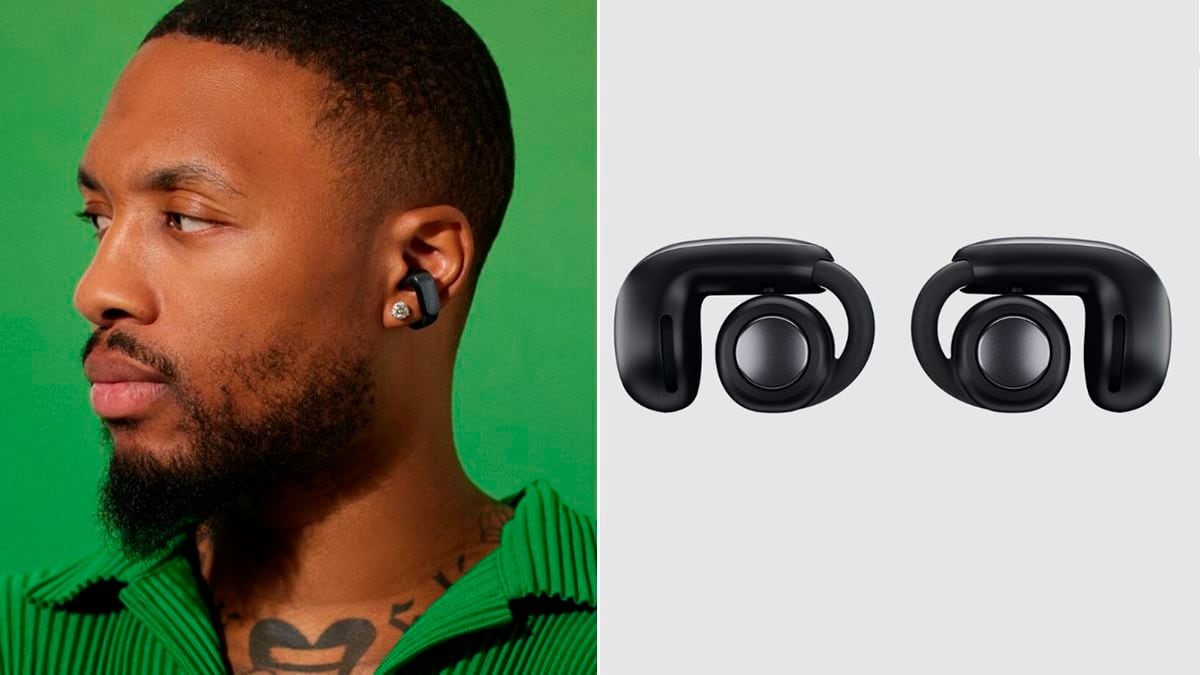Icon: enlarge
1/18
The Greek mathematician, astronomer and philosopher
Hypatia of Alexandria is
best known because she was spectacularly murdered by a Christian mob in a church in late antiquity.
Hypatia followed a philosophical tradition and thus belonged to a minority.
However, before her death she taught publicly and was well respected.
However, the details of her work have not survived.
Photo: benoitb / Getty Images
Icon: enlarge
2/18
In the 17th century,
Maria Sibylla Merian
was one of the first researchers to systematically
observe
insects.
The native of Frankfurt was particularly fond of butterflies.
She showed that the caterpillars of each species depend on a certain plant for food and that the associated butterflies only lay their eggs there.
She also researched the metamorphosis from caterpillar to butterfly.
Photo: via www.imago-images.de / imago images / Artokoloro
Icon: enlarge
3/18
Augusta Ada King-Noel
, Countess of Lovelace, had some privileges as a countess and enjoyed an education in science.
She was involved in the development of a mechanical calculating machine, the Analytical Engine.
It was a kind of computer forerunner.
In 1843 she published an article describing the programming of the device.
That is why some historians consider her the first person who can be called a programmer.
Photo: Courtesy Everett Collection / imago images / Everett Collection
Icon: enlarge
4/18
Marie Curie
has had an exceptional career without question.
She was the first ever Nobel Prize winner and the first female professor at the Sorbonne University in Paris.
Your area of expertise: uranium compounds.
She coined the term »radioactive«, which is still used today.
She received the Nobel Prize twice: in 1903 partly in physics and in 1911 in chemistry.
Besides her, only Linus Pauling has two Nobel Prizes from different fields.
Photo: Culture Club / Getty Images
Icon: enlarge
5/18
The physicist
Chien-Shiung Wu
demonstrated experimentally in 1956 that some physical processes take place differently in a mirror-inverted world than in the normal world.
The associated experiment is known to this day as the Wu experiment.
The researchers Tsung-Dao Lee and Chen Ning Yang, who had previously theoretically postulated the fact, received the Noebl Prize in Physics in 1957, Wu received nothing.
Photo: Robert W. Kelley / The LIFE Picture Collection via Getty Images
Icon: enlarge
6/18
Alice Augusta Ball
developed an oil extract in the early 20th century that was considered the most effective treatment for leprosy until the 1940s.
She was the first person of African American descent to graduate from the College of Hawaii with a Masters degree and became the first African American chemistry professor there.
Icon: enlarge
7/18
Rosalind Elsie Franklin
played a key role in clarifying the double helix structure of DNA.
At the same time as James Watson and Francis Crick, she published a central study on this in 1953.
By the time Watson and Crick received the Nobel Prize for Medicine in 1962 for their research on the subject, Franklin was already dead. Their contribution to the research was later widely recognized, but never awarded a Nobel Prize.
This is only given to living people.
Icon: enlarge
8/18
The Austrian physicist
Lisa Meitner
provided the first theoretical explanation for nuclear fission in 1939.
She was one of the first experts to develop key findings on the development of atomic bombs.
Photo: Bettmann / Bettmann Archive
Icon: enlarge
9/18
Maria Goeppert Mayer
was an atomic physicist and helped develop the shell model of the atomic nucleus.
In 1963, after Marie Curie, she was the second woman ever to receive a proportion of the Nobel Prize in physics.
Photo: Bettmann / Bettmann Archive
Icon: enlarge
10/18
Without
Katherine Johnson
, the astronauts on the Apollo 11 mission might not have reached the moon.
The mathematician was instrumental in calculating the trajectories of the first manned flight to the moon in 1969 and received an award for this in 2015.
Photo: NASA
Icon: enlarge
11/18
The first woman flew into space in 1963, and she remained the only representative of the exclusive club until 1982.
Cosmonaut
Valentina Vladimirovna's
journey lasted three days
.
During that time she orbited the earth 48 times.
Later she headed, among other things, the "Russian Center for International Cultural and Scientific Cooperation".
To date, she is the only woman who has been on a solo mission in space.
Photo: Central Press / Getty Images
Icon: enlarge
12/18
Jane Goodall
began her career as a secretary and became the ultimate primate researcher.
Here she can be seen in 1974 with a baboon.
Goodall was best known for her observations on the behavior of great apes.
For decades she researched the family coexistence of animals and discovered many parallels to humans.
To this day, she is committed to protecting primates.
Photo: Photos International / Getty Images
Icon: enlarge
13/18
Christiane Nüsslein-Volhard
is one of the most successful specialists in her field.
In 1985 she became director at the Max Planck Institute for Developmental Biology in Tübingen, where she continues to lead an emeritus research group to this day.
In 1995 she was the first German woman to receive the Nobel Prize for Medicine.
Nüsslein-Volhard researches genes that control the embryonic development of humans and animals.
Photo: Holger John / imago / VIADATA
Icon: enlarge
14/18
Mae Jemison
is an engineer and medical doctor and a former NASA astronaut.
In the picture she looks out of the space shuttle Endeavor of the STS-47 mission in 1992. As a mission specialist, she was responsible for the smooth operation on board at the time.
Jemison was the first black woman in space.
In 1993 she founded a technology company, wrote several children's books and in 1993 played in an episode such as "Star Trek: The Next Generation".
Photo: NASA
Icon: enlarge
15/18
The geologist and chemist
Saruhashi Katsuko
has developed methods to measure carbon dioxide (CO₂) concentrations in the ocean.
Among other things, she found that significantly more CO₂ escapes from the Pacific than is absorbed by the ocean.
She also demonstrated in the 1940s that radioactive fallout from a US test site for atomic bombs on Bikini Atoll in the Pacific was found in Japanese waters months later.
The work helped convince the United States and the Soviet Union to stop aboveground nuclear tests.
Photo: Sankei Archive / Sankei via Getty Images
Icon: enlarge
16/18
May-Britt Moser
is a neuroscientist and specialist in spatial orientation and spatial memory.
Together with her husband, she discovered the so-called grid cells in the brain, neurons that convey the ability to remember spatial conditions.
In 2014 she received the Nobel Prize for Medicine together with her husband and another researcher.
Photo: imago stock & people / imago / SKATA
Icon: enlarge
17/18
Maryam Mirzakhani
was one of the best mathematicians in the world.
In 2014 she received the Fields Medal, the highest honor in mathematics.
Mirzakhani dealt with the theory of module rooms, i.e. with theoretical mathematics.
In 2017, she died of breast cancer at the age of only 40.
Photo: Stanford News Service / imago / ZUMA Press
Icon: enlarge
18/18
Anyone reading science news in 2020 knows these two women.
The biochemist
Jennifer A. Doudna
(left) and the French microbiologist
Emmanuelle Charpentier
received the Nobel Prize in Chemistry in the fall of that year.
Together they developed the Crispr / Cas9 gene scissors, with which genetic material can be cut more quickly, cheaply and precisely than ever before.
With the help of the tool, experts develop more resistant plant varieties and work on therapies against genetic diseases.
Photo: Alexander Heinl / picture alliance / dpa
jme















